A few days ago, Zochrot had an unusual experience. Along with Rula Awwad, a Palestinian woman living in the United States, we visited the village of Qula, and located the remains of the house in which Rula's mother was born.
This encounter happened virtually by chance, following a meeting in which I met with a group of faculty members from the US and acquainted them with Zochrot. The faculty members asked many questions about the conflict and about Zochrot's work. Among them was a woman who introduced herself as Rula, a Palestinian living in the US, and this was her very first visit to Israel and Palestine. After the meeting, Rula told me that her mother was born in the village of Qula. I asked whether she would visit the remains of the village, and she was surprised at the question. When I told her that I might be able to help her locate the village, she became very excited.
The following day we drove to Qula, thanks to Noga Kadman's precise directions. On the way, Rula said that she had just spoken to her mother and father, who told her about different sites in the village, and where it was located. The remains of the village are covered by the Qula Forest, planted by the Jewish National Foundation (JNF), and sporting many plaques commemorating the donors. The forest contains many ruined buildings, the stones of which JNF workers used to build the donor plaques. There are also impressive ruins from the Crusader and Ottoman periods.
Over the phone, Rula's father recounted a very serious episode that had occurred during the Nakba: when the residents left the village, a few old people who were unable to walk stayed behind. A few days later, when people came back to look for them, they found their burned bodies....
As we walked through Qula, Rula called her parents repeatedly. Her father directed us from the ruins of the mosque (which we had located) to the house where her mother was born. Finally, we reached the area where we thought we would find the house. Nearby was a large pit hewn out of the rock, dating prior to the Arab period; it was probably used to store wheat, etc. Once again, Rula phoned her parents to report our progress. Remarkably, Rula's father remembered this pit as well: it had indeed been used for storing different things, but people had also hidden themselves in it during the war, he said. Rula's mother's house was only a few meters away, and Rula's father remembered the exact directions from the pit to the house and to the mosque. Before long, Rula reported to him that she was standing on the ruins of her mother's house.
We sat there, moved, for a very long moment. Rula cried. I tried to hide my tears. Rula hugged me and said that she was indebted to me. I told her that my debt to her was a little greater. With a pen, Rula wrote her mother's name on a stone, along with the names of the rest of her family.
Report on NRG Maariv (Hebrew only)
Report on Al-Jazeera (Arabic only)
Text written by Rula Awwad-Rafferty following the visit to the village (English)
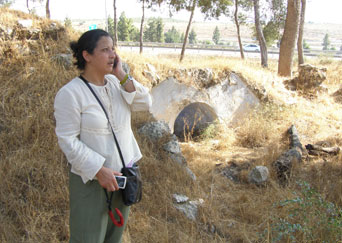
Qula Rula Awwad 2009 (1)
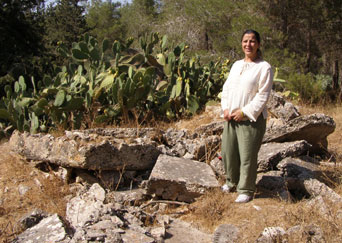
Qula Rula Awwad 2009 (3)
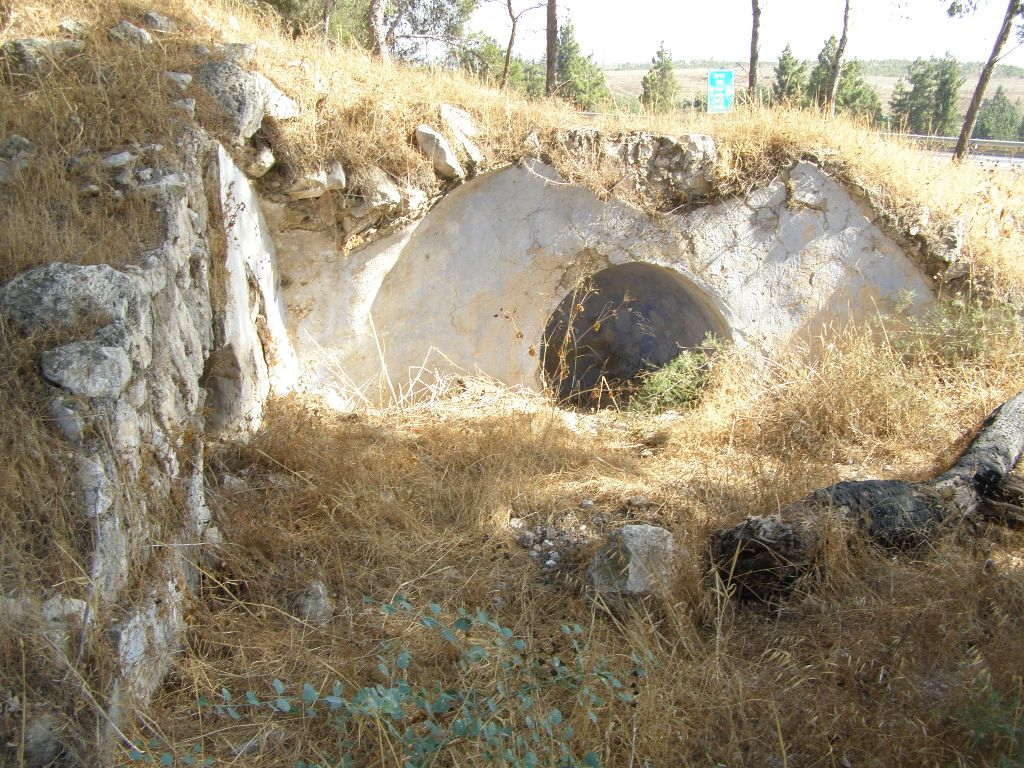
Qula_2008 (15)
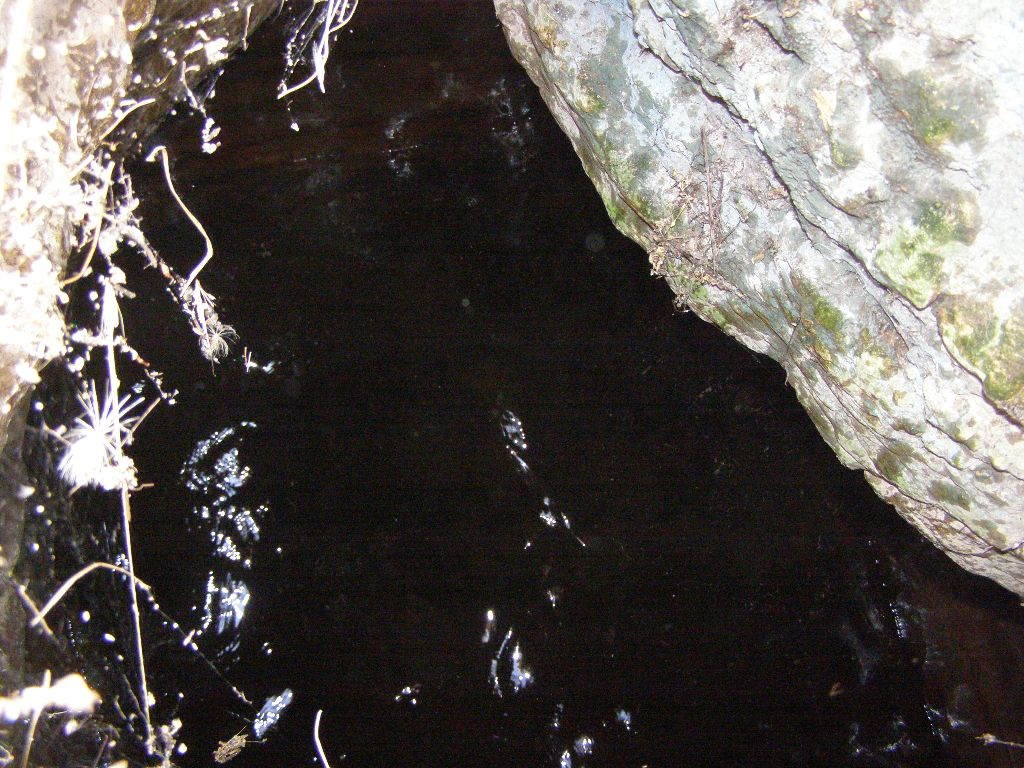
Qula_2008 (6)
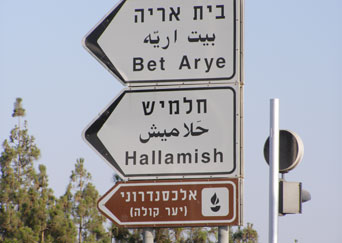
Qula Rula Awwad 2009 (2)



